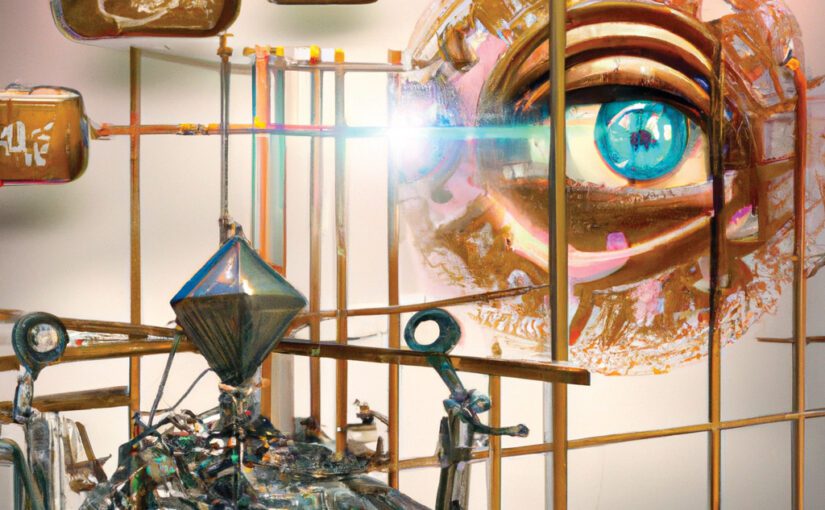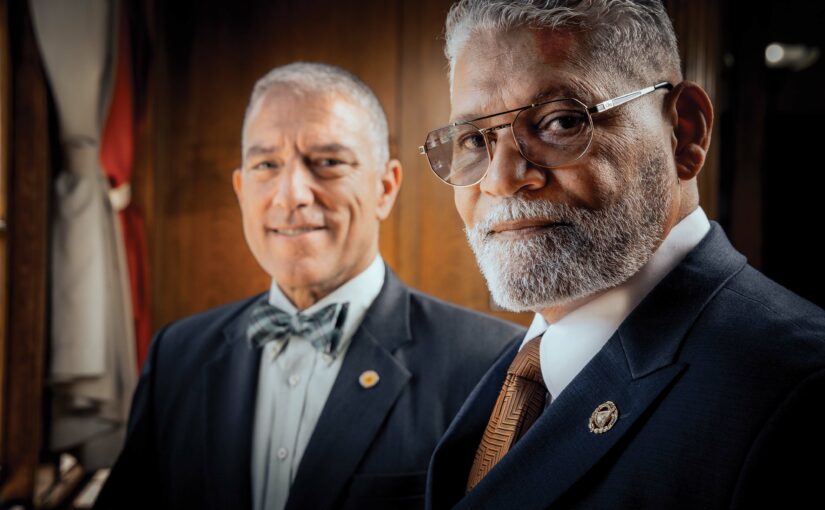The following is an exchange with OpenAI’s ChatGPT language-learning model chatbot. Read more about California Freemasonry at our website.
What’s the secret of Freemasonry?
Freemasonry is a fraternal organization that is often associated with secrecy due to its use of symbolic rituals and traditions. However, the organization states that its central principles are based on brotherhood, charity, and truth, and that its members take obligations to keep certain aspects of their ritual practices confidential.
The specific details of these rituals are not publicly disclosed and are considered private to members. It is widely believed that the “secrets” of Freemasonry refer to the ways in which these symbolic rituals are performed and the specific meanings they hold for members.
However, the exact nature of these secrets is not publicly known and is only shared among members.
What will make Freemasonry popular again?
It is difficult to predict what would make Freemasonry popular again, as popularity and cultural relevance can be influenced by many factors, such as changes in societal values, new forms of communication and organization, and shifting interests and beliefs.
However, some actions that Freemasonry organizations could consider to increase their visibility and appeal to a wider audience include: promoting their values and traditions through modern channels of communication, collaborating with other organizations and communities to serve the greater good, and being transparent about their practices and beliefs to dispel myths and misunderstandings.
Explain Freemasonry in the style of Kurt Vonnegut.
Freemasonry, my friend, is a strange and curious thing. Picture it like this: Imagine a secret society, full of handshakes and mysterious symbols, that values truth, charity, and brotherhood above all else. And they do it all while dressed in regal robes, surrounded by solemn music and elaborate ceremonies.
It’s a quirky blend of ancient tradition and modern morality, with its roots reaching back to medieval stonemasons, but now open to men from all walks of life. They gather in lodges, talking in cryptic phrases and performing strange rituals, all in the pursuit of personal improvement and a better world.
But let me tell you, there’s a good bit of humor and irony in it, too. These Masons take themselves quite seriously, but at the same time, they never forget to have a laugh and enjoy one another’s company. And despite all the secrecy and grandeur, at the heart of it all is a simple message of love and kindness.
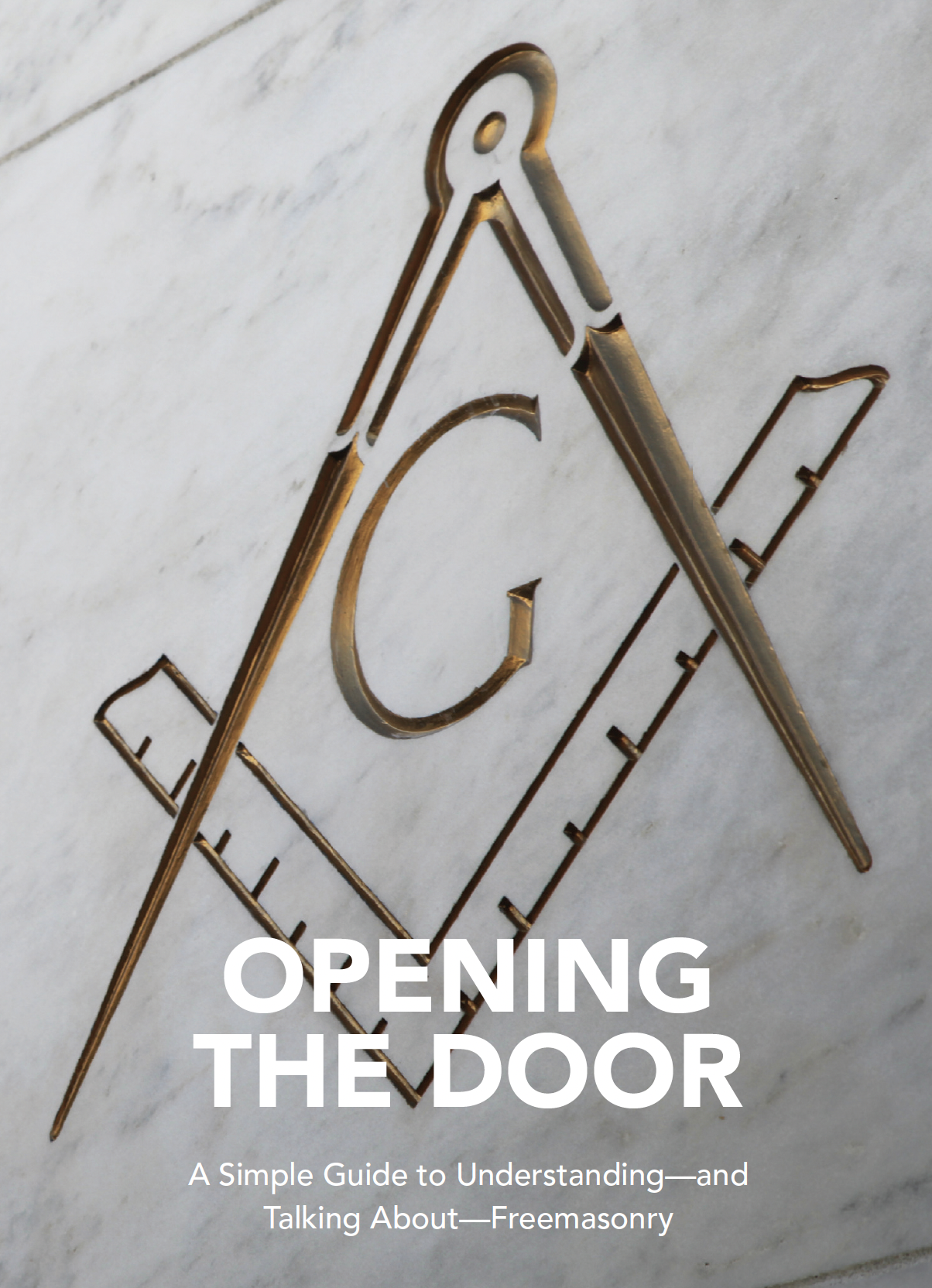 To that end, this short booklet is designed to help current members answer some of the most common—but often confusing—questions about Freemasonry.
To that end, this short booklet is designed to help current members answer some of the most common—but often confusing—questions about Freemasonry.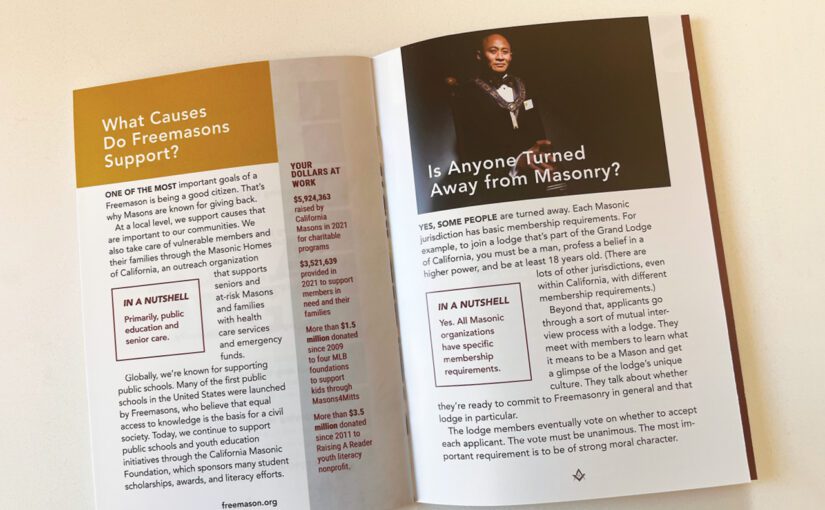
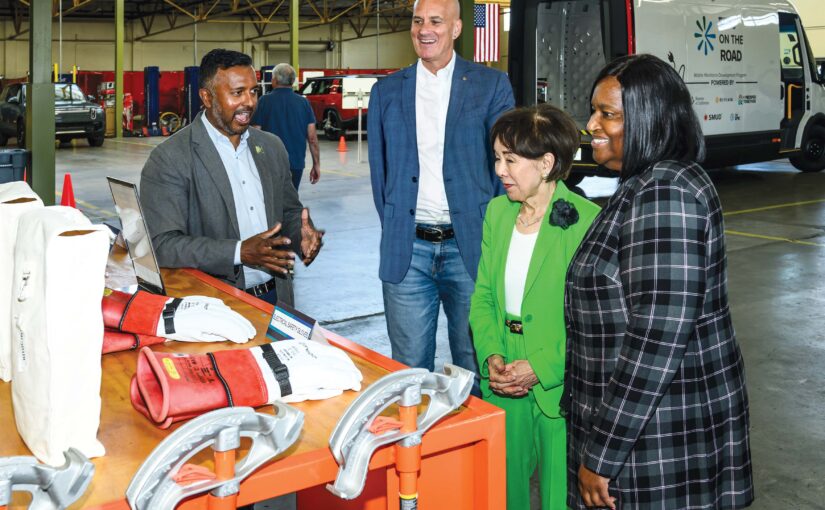
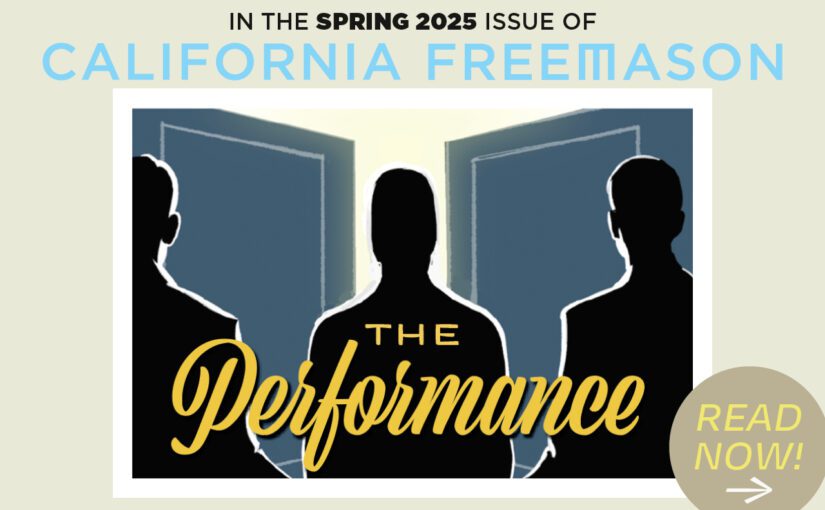
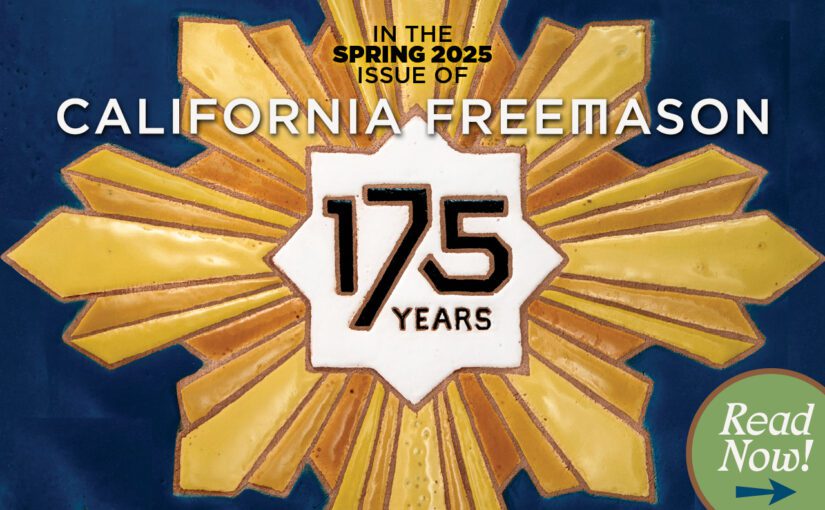
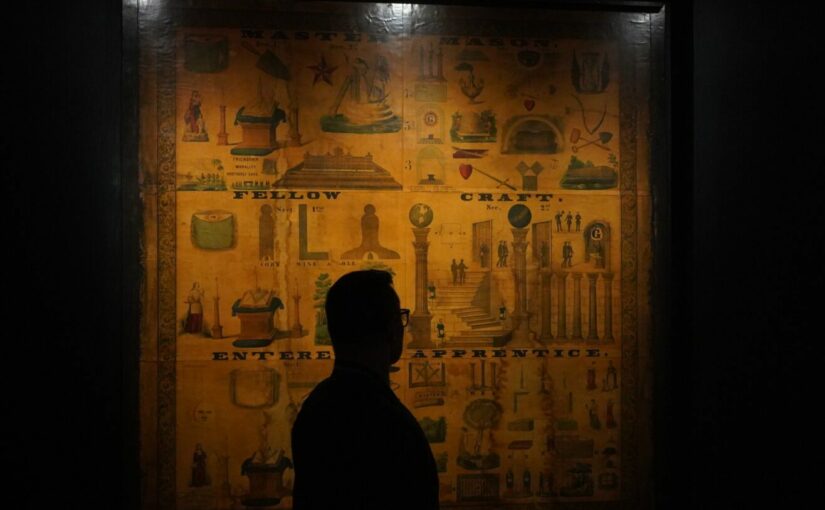
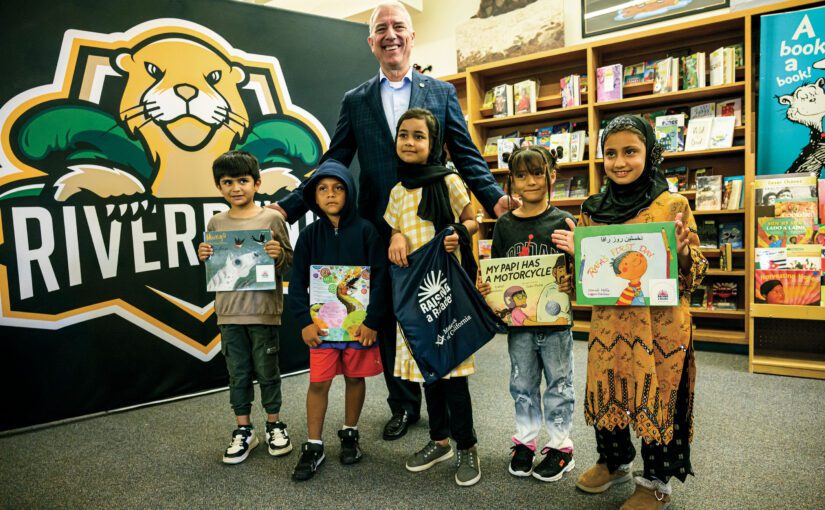
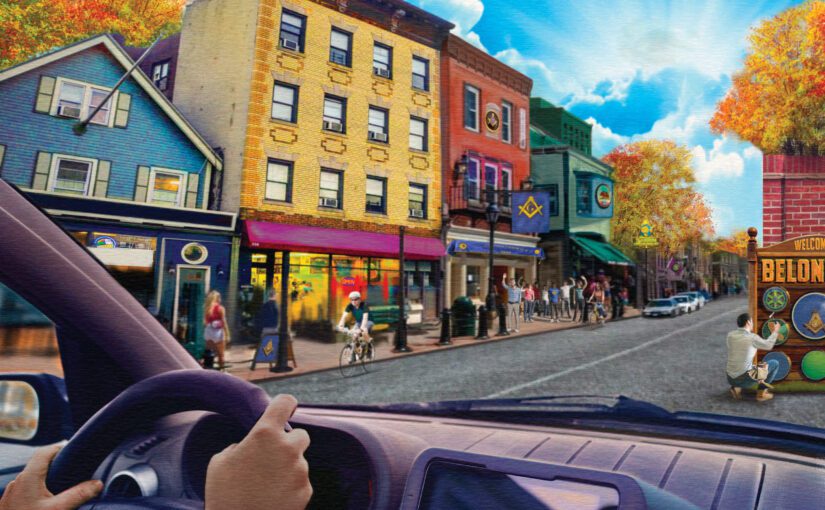
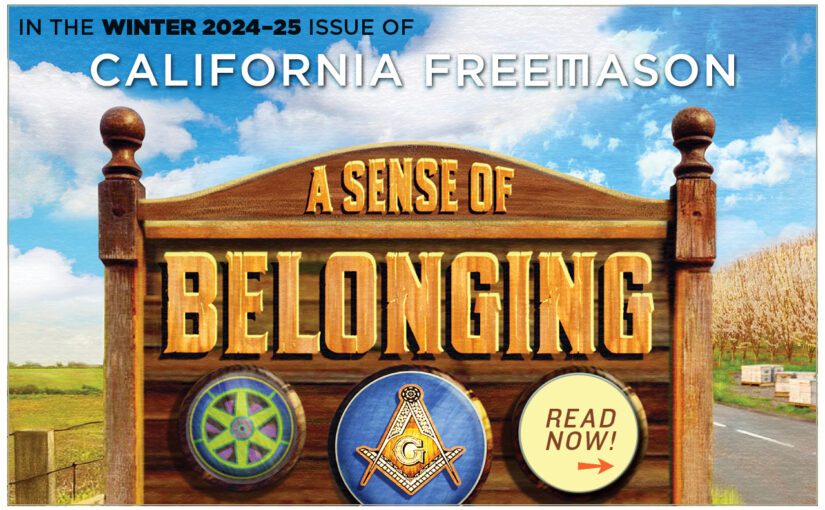
 people don’t necessarily talk much about, but what might be even more important, is the community aspect of our organization. When Masons gather in lodge, we’re coming together as a group of people with common values. We’re demonstrating servant leadership. We’re working with one another across political, ethnic, and socioeconomic lines.
people don’t necessarily talk much about, but what might be even more important, is the community aspect of our organization. When Masons gather in lodge, we’re coming together as a group of people with common values. We’re demonstrating servant leadership. We’re working with one another across political, ethnic, and socioeconomic lines.